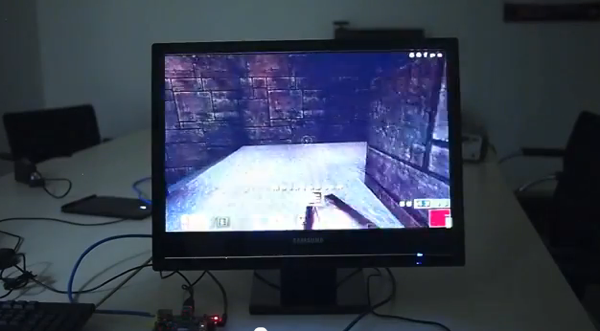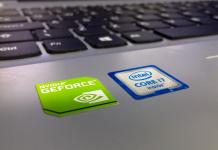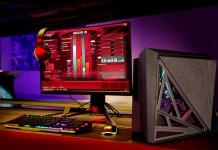The Raspberry Pi, a computer that will cost around $25, successfully runs “Quake III.”
You might remember that we’ve covered the computer before. The Raspberry Pi is a small computer based on the ARM architecture that’s intended to be cheap enough for every student to own. Although the earlier version fit into a USB drive, the new version will be a bit bigger, because they need more space to fit all the components in.
Eben Upton, the director of the Raspberry Pi Foundation, demonstrates “Quake III” running on the computer, which is still just a bare board (the foundation will be making a case available in the future). Although the game is playable on the machine, he’s disappointed in the frame rate. The team will apparently debug some of the libraries on the Linux-based operating system the Raspberry Pi will come with. I know I’ve had my fair share of trouble with getting 3D graphics to work.
The Raspberry Pi is meant to combat what the team members see as a decline in the skills of people entering computer science programs in universities. Although kids learn how to use computers in schools, they usually learn how to use Microsoft Office programs. Even though lots of students have computers at home, they still can’t mess around with them because they belong to the family, and they’ll get in big trouble if they break something.
The Raspberry Pi will be available at a couple of different price points, $25 and $35, for the Model A and Model B respectively. It’ll connect to USB and HDMI and even old analog TVs for video. In this sense, it’s a spiritual successor to the old 8-bit machines like the Commodore 64 or the Sinclair Spectrum that hooked up to TVs in the 1980s. It will be cheap enough to give every kid his or her own machine to experiment with, to play games or better yet, learn how to make them with the programming tools that will ship with the machines. Perhaps a generation of kids will grow up learning how computers really work.











